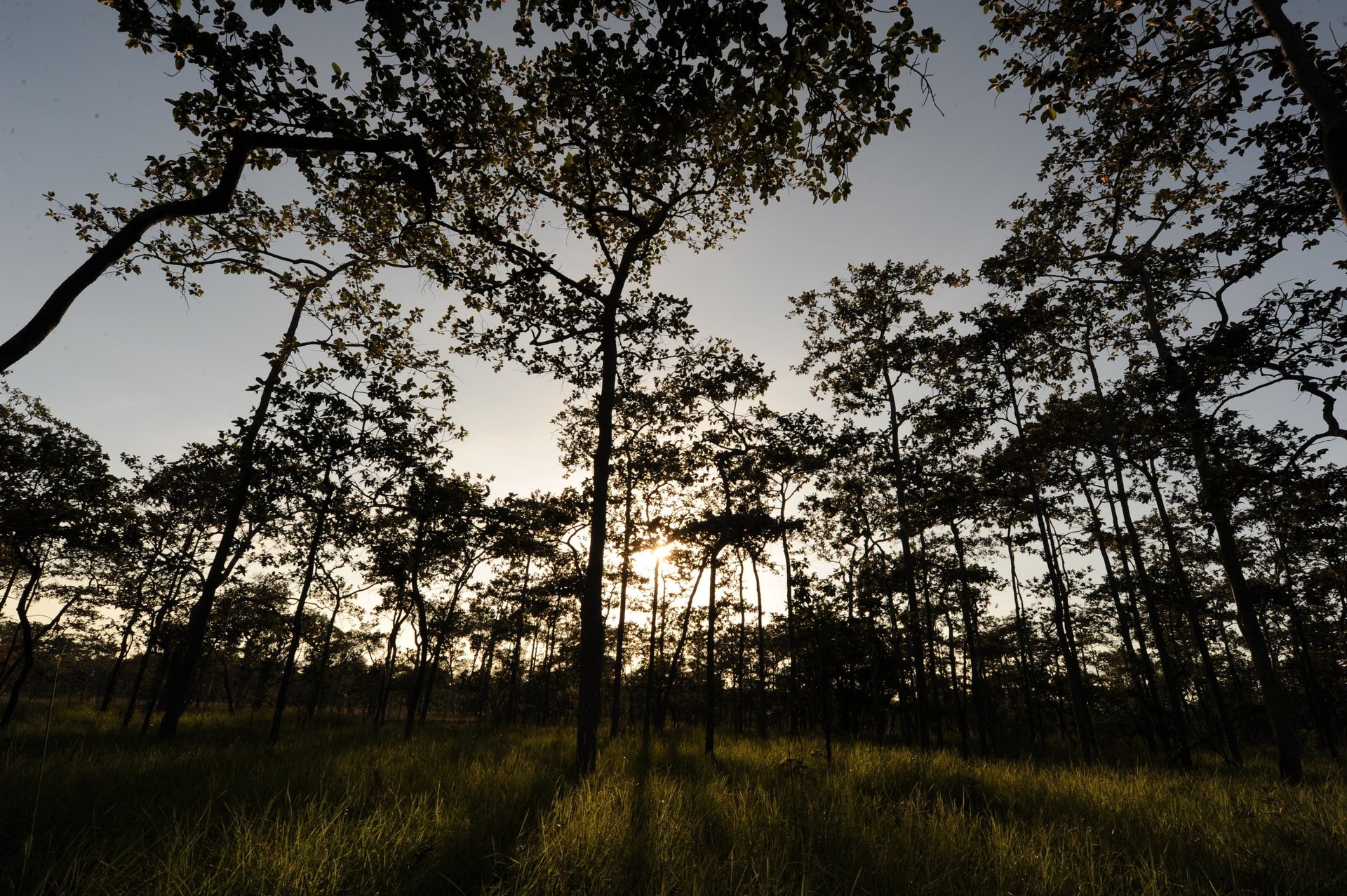
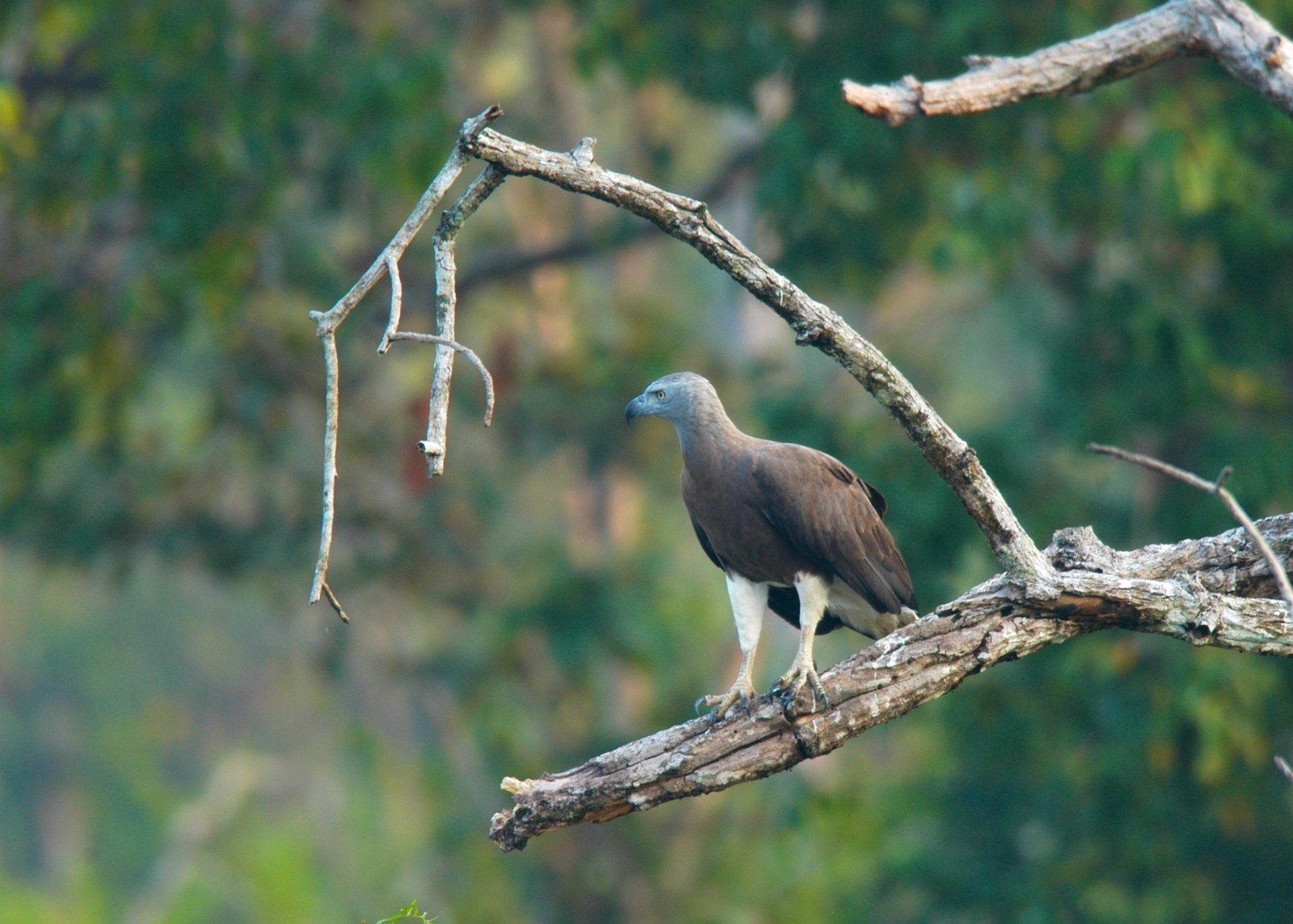
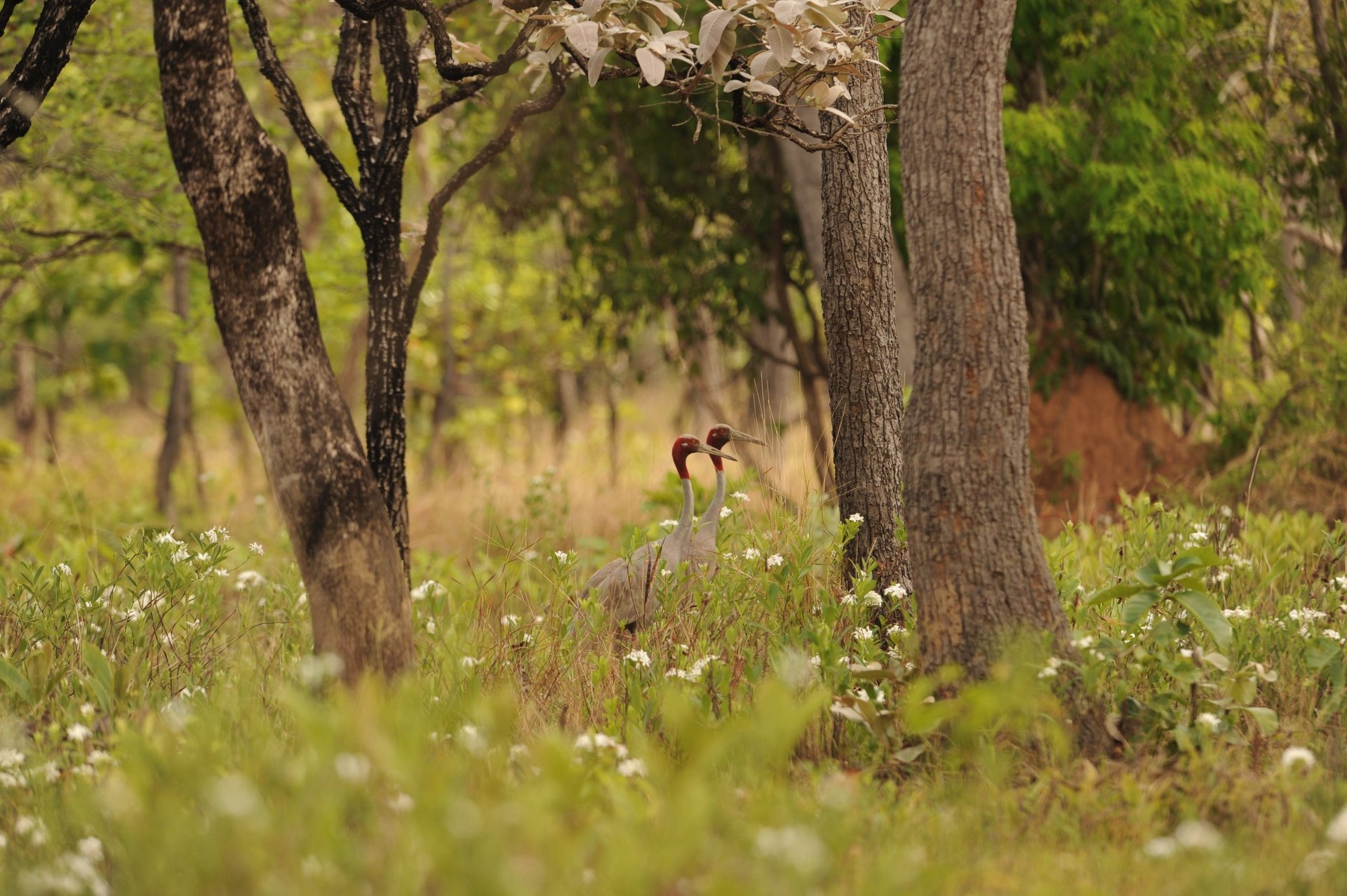
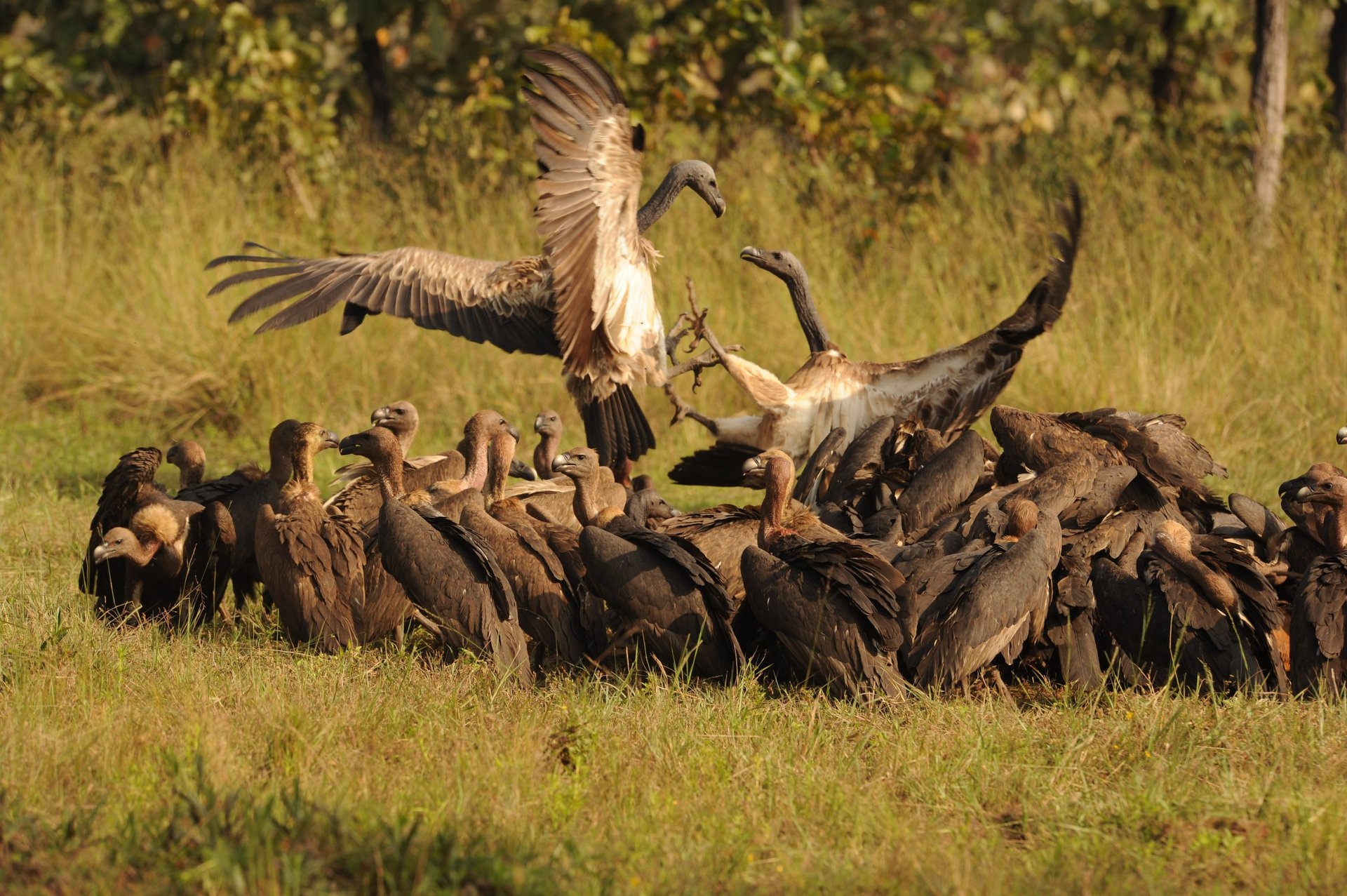

This is Siem Pang
Siem Pang Wildlife Sanctuary forest area is located in far North-Eastern Cambodia, in Stung Treng Province, east of the Mekong river.
Siem Pang Wildlife Sanctuary covers a total of 132,321 ha, and this protected area is managed by the Ministry of Environment and Department of Environment of Stung Treng.
This area used to be managed by the Ministry of Agriculture, Forests and Fisheries but in 2016 the Royal Government of Cambodia transferred the jurisdiction and management to the Ministry of Environment.

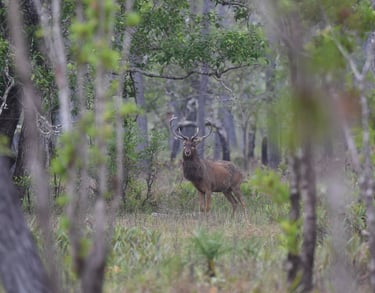
Where Are We?
The area forms part of one of the largest blocks of protected forest across Cambodia, Laos and Vietnam. Siem Pang is situated in North-Eastern Cambodia, in Stung Treng Province.
The Siem Pang Protected Forest is bounded by the Xe Pian National Protected area in Laos and Virachey National Park to the east. The Southern border of the Protected Forest is shown as a purple line along the O'Khampa River.
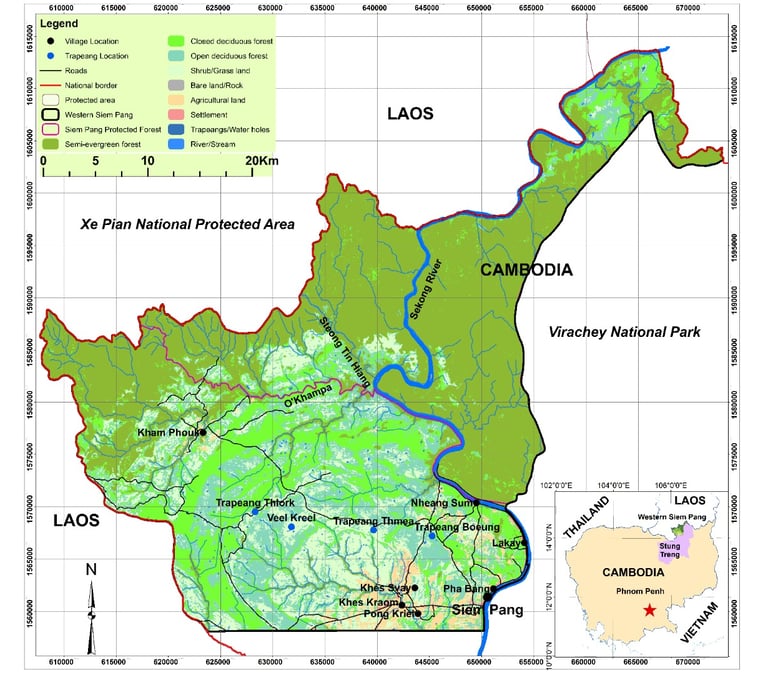



Siem Pang
Endangered Species
It supports populations of five bird species listed by IUCN as Critically Endangered, including Cambodia’s national bird the giant ibis.
This means without immediate conservation interventions, these species face a high chance of global extinction.
There are very few sites globally that support this number of Critically Endangered species.
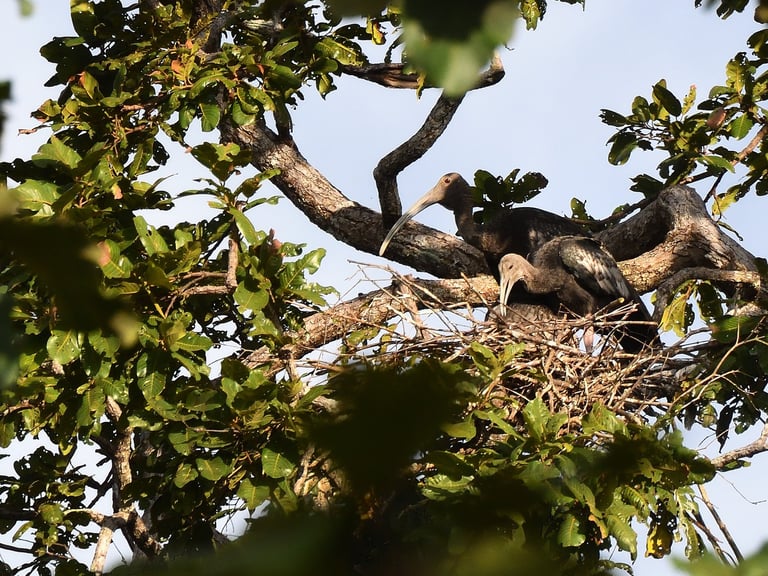





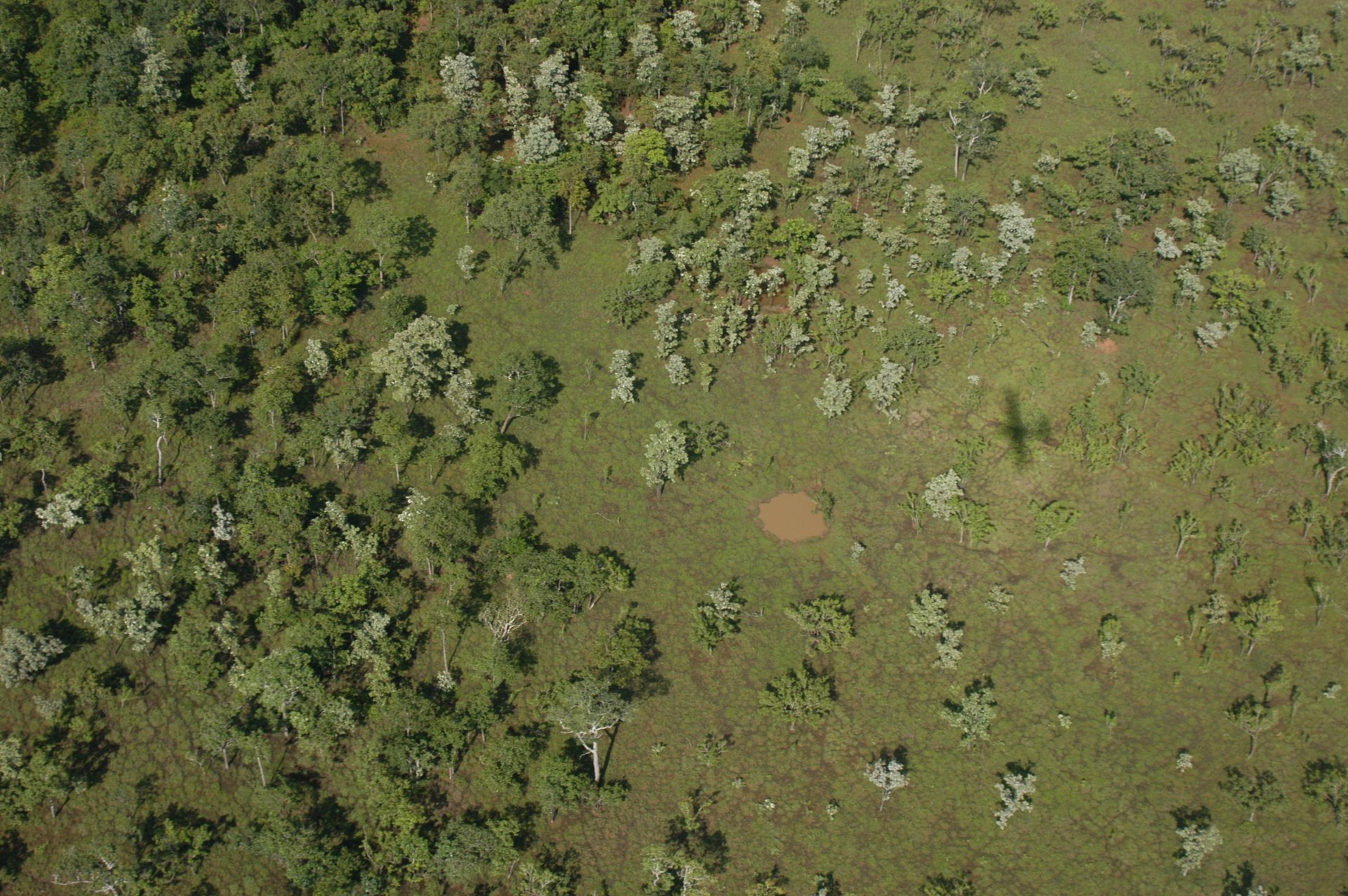
Forest
The northern and eastern parts of the Siem Pang are predominately covered in Semi-evergreen forest whilst the southern half is Deciduous Dipterocarp Forest.
Trapeangs
Trapeang, or pools, are numerous within Western Siem Pang, and they range in size from buffalo wallows to large pools with a diameter of 100 metres.
It is estimated that there are over 300 Trapeangs located in the southern half of Western Siem Pang.
Trapeangs provide a vital source of water for wildlife during the dry season.
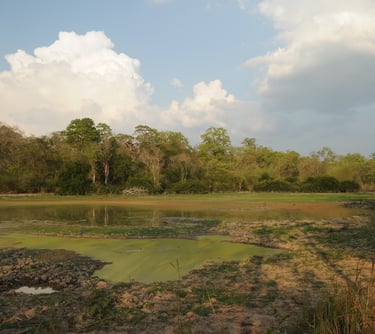

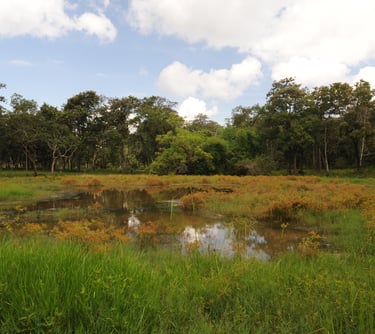

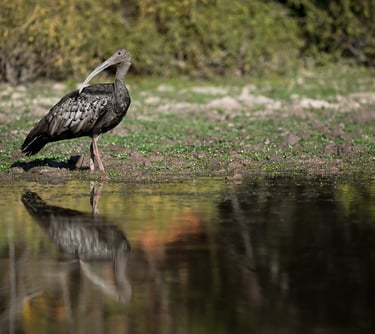

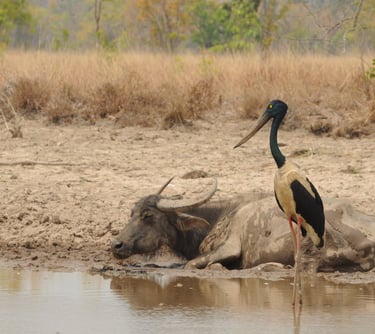

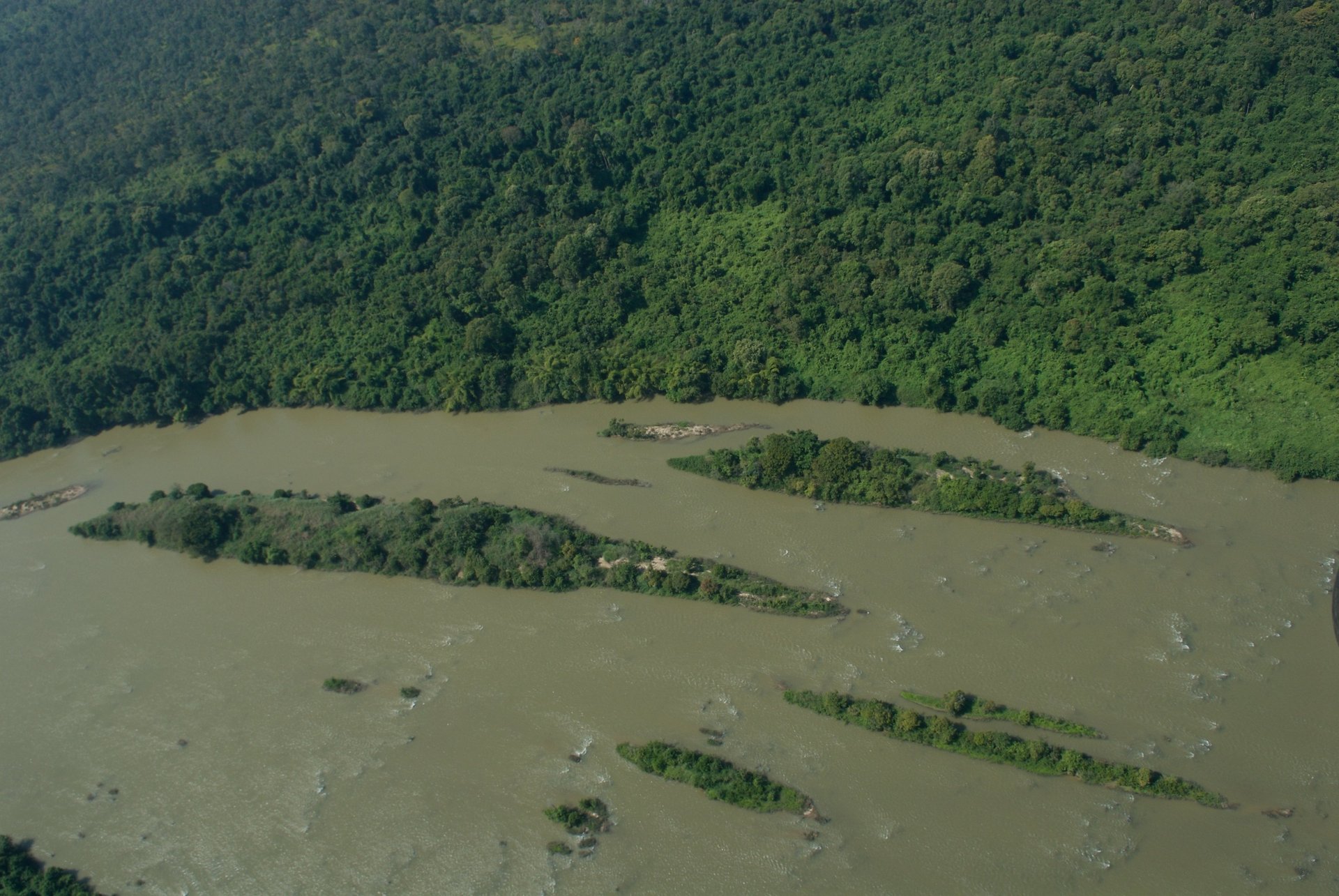
The Sekong River
The Sekong is one of the three large rivers that rise in the Mekong Basin and join the Mekong River near Stung Treng, the region holding Siem Pang.
Along the length of the river are distinctive riverine forest formations dominated by dipterocarps and white-barked Lagerstroemia sp. tree species and giant bamboos.
Most of the people of Siem Pang derive a living from subsistence rice cultivation supplemented with produce obtained from the forest or the Sekong River.
This forest supports its own wildlife community, which includes Indochinese Silvered Leaf Monkey and green peafowl, and provides a habitat corridor for the movement of many more species.
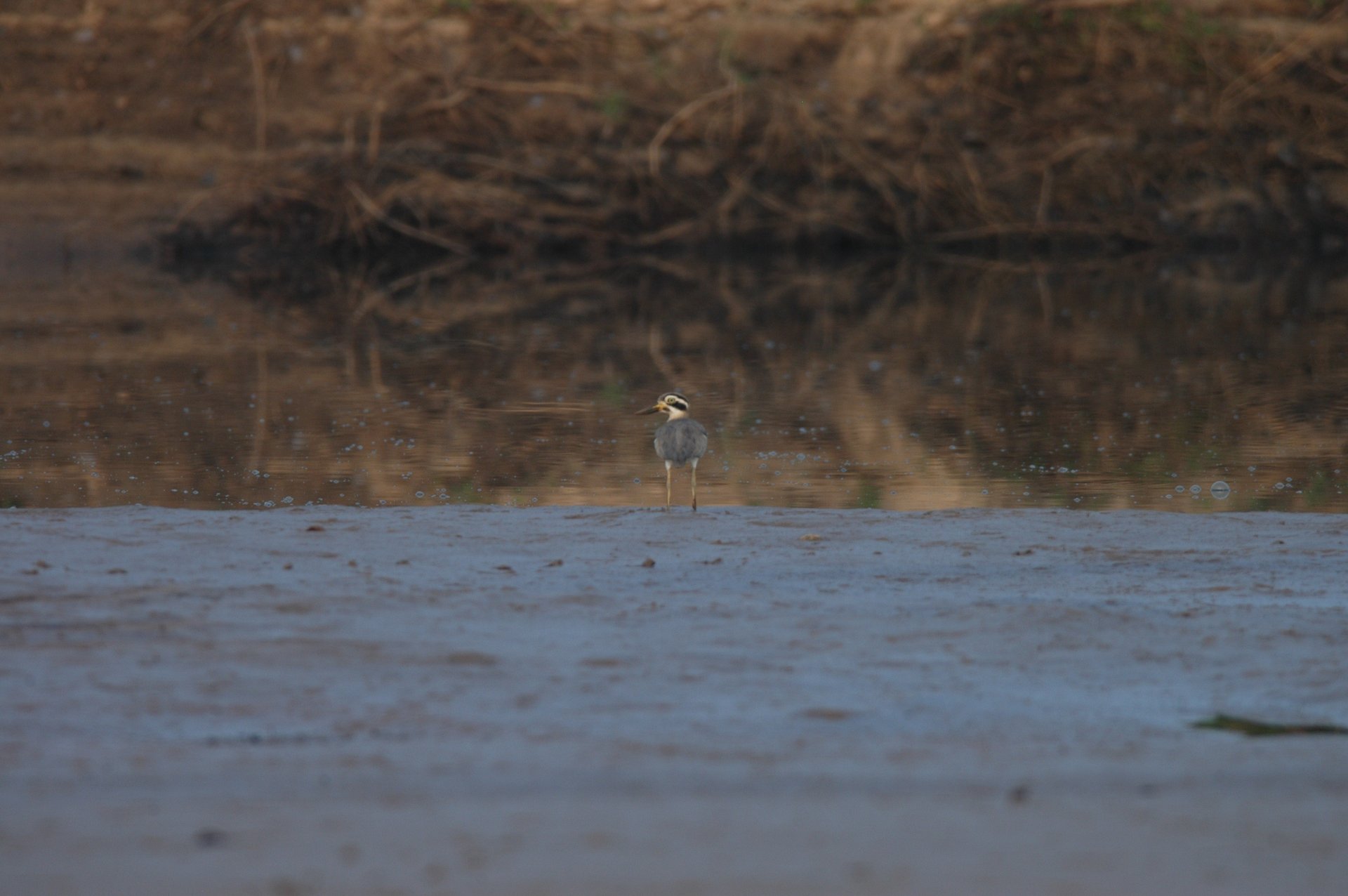
Riverine Bird Communities
The rivers of South-East Asia support a community of birds that utilise the sand and shingle banks and islands in larger rivers like the Sekong. The continued survival of all of these species in the region is now gravely threatened by human disturbance of their habitat. Fishing, camps, dogs, children, buffalo, and hydro-dam development all pose a threat to the nests and young of these ground-nesting birds.
River Lapwing


River Tern
Green Peafowl
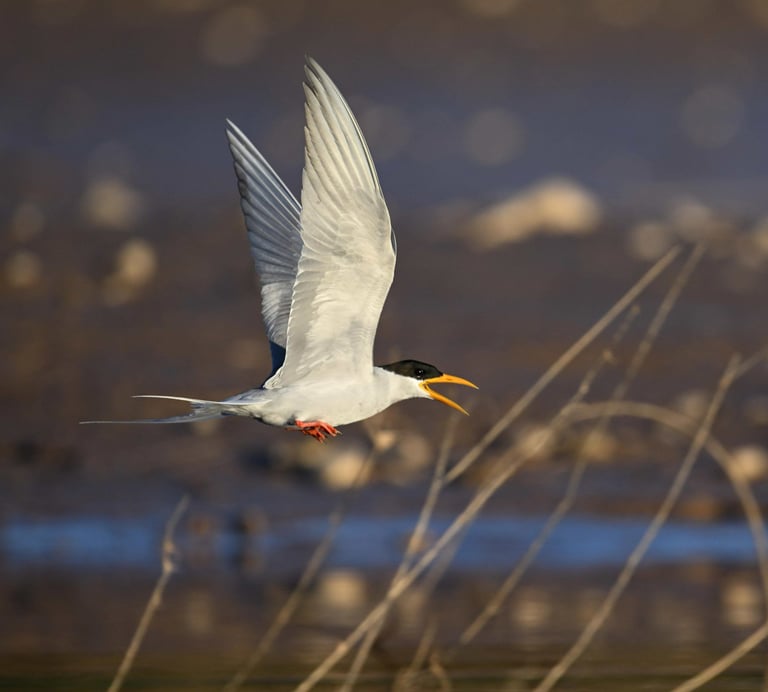

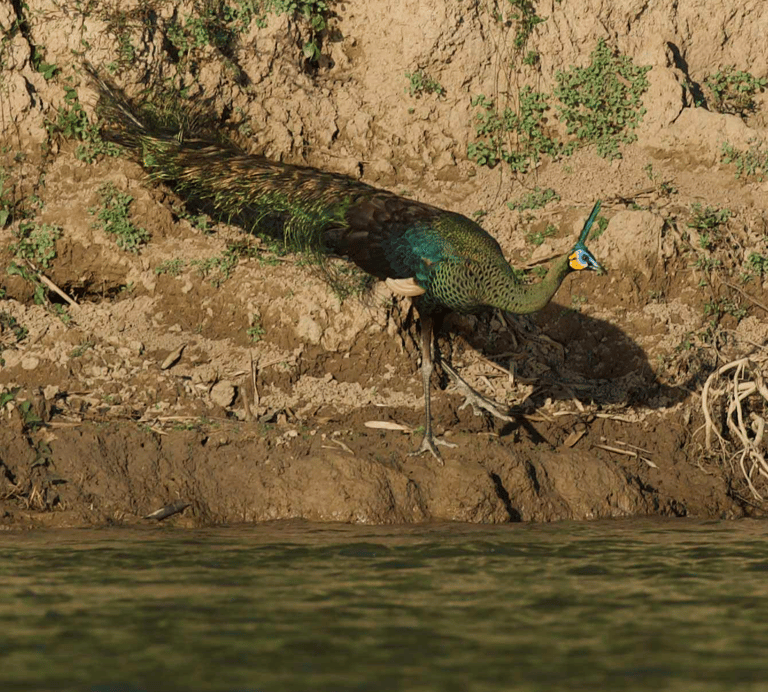

"Along the river Sekong, the River Tern was in terminal decline and in 2013 only a single pair was known to have nested."
However...
Between January and May 2024, we undertook a monthly boat survey along a 15 km stretch of the Sekong River. The surveys included two possible nesting sites for river terns. This work enabled us to identify as many as 12 adult river terns and 6 juveniles within the protected area, with an additional 16 adults on the southern part of the river. This gave a minimum number of 34 birds along the Sekong River. The current Cambodian population of river tern is estimated at around 120 birds. This means that over a quarter of the population occurs along the Sekong River. Additional important bird records made during the surveys included up to 18 River Lapwing, around 50 small pairs of pratincole, with at least 10 young, and two Mekong Wagtails.
